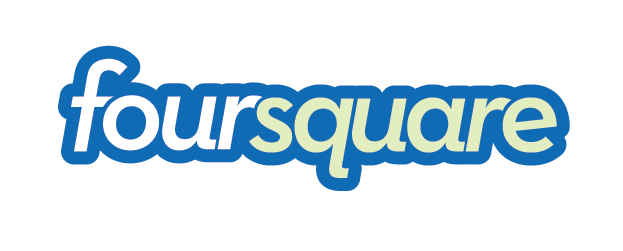Foursquare is China’s latest victim

For those of you, who don’t have any idea about Foursquare: It is a location-based social networking service with a twist. You can manually ‘check-in’ at various locations and write private ‘to-do’ lists or put up ‘tips’ about that place for the other users. For example: You can visit a local restaurant and check-in using your GPS services, and write tips about the food at the place. There is a fun gaming element introduced in this, as you can earn badges by checking-in to various places. It’s the ‘earning-badges’ part that has pulled 1.3 million users to the service. The criteria for earning the badges is closely guarded. The service is growing in leaps and bounds. No doubt, Foursquare was being pursued by Yahoo! Inc., which had offered as much as $125 million for the firm.
That gives enough background to understand the trouble that Foursquare has got itself into in mainland China. With the 21st anniversary of the controversial ‘Tiananmen Square Incident’ on June 4, many users ‘checked-in’ at the Tiananmen Square and posted comments (as tips) that gave the Chinese government the shivers. The service was subsequently blocked by ‘the Great Firewall of China‘. Even in the past, the Government has been quick in quashing any voices with the mere mention of the word ‘Tiananmen Square’, desperately covering up the villainous act of cold murder of more than 3,000 protesters and students, on June 4, 1989, for protesting against communism in China. Last year, with the 20th anniversary of the massacre approaching, the Chinese Government temporarily banned access to Twitter, Flickr and Hotmail. With so many social networking sites and the whole world to echo the voices, it would require something grander than even the ‘Great Firewall of China’ to cover up the issue, some iron-fists bigger than even those of the communist government to gag the voices.

